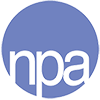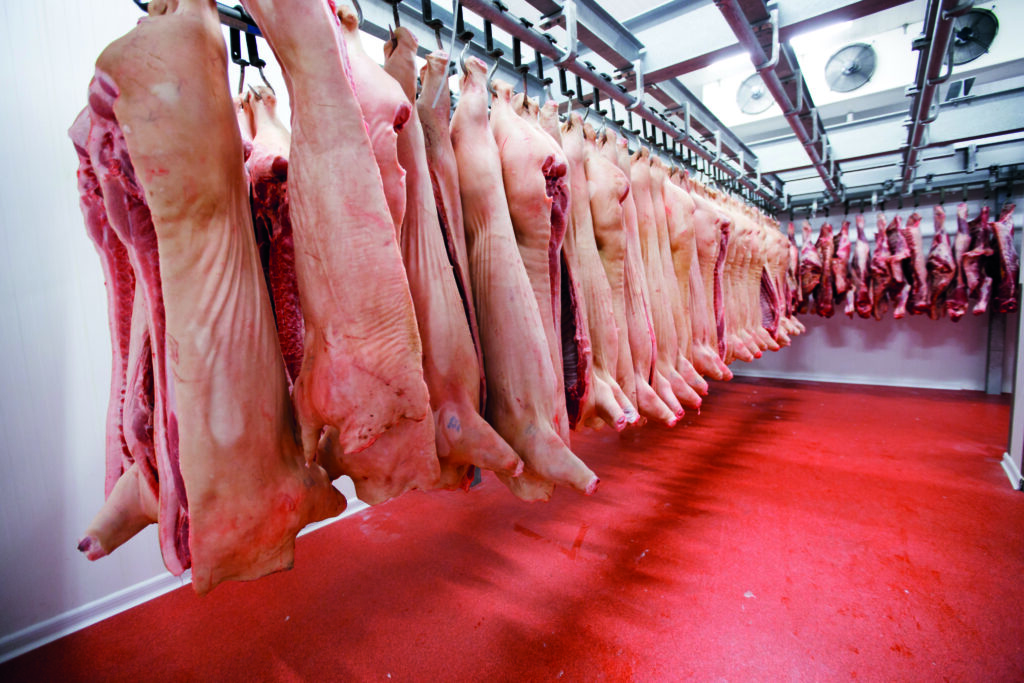Food law solicitors, Roythornes, acting for the Association of Independent Meat Suppliers, have filed papers with the High Court seeking permission to Judicially Review the Food Standards Agency’s hourly charges for official controls and enforcement that came into effect on April 1.
AIMS veterinary director Peter Hewson explained that the grounds are that not only have the FSA included costs that it cannot lawfully recover in those rates, but that it cannot charge for Trainee Novice Official Veterinarians (TNROVs) and Novice Official Veterinarians (NOVs), along with all the supervision they require.
“Put simply, the industry is being charged ever higher rates by the FSA for fully qualified Official Veterinarians (Ovs) when, in many cases their needs delivered by not fully qualified OVs,” he said.
“The abattoir sector, the vast majority of whom are members of AIMS will shortly receive FSA invoices for the first 4 weeks in which the new rates have been used, and we expect many to be shocked by their increase in charges.
“Nevertheless, our advice is that invoices should be paid pending the challenge, which is intended to recover unlawful charges made over the last six years”.
FSA position
Writing on the Pig World website in October, as the FSA sought industry views on changes to charges, James Cooper, FSA deputy director of food policy, explained the reasons behind the increases.
“HM Treasury requires that the cost of regulatory services provided by Government departments should be recovered in full. This includes charging abattoirs for the inspections our vets and meat inspectors carry out,” he said.
“Over the years, the FSA has been able to offer discounts to the meat industry because of the value this work provides for the taxpayer. Many businesses don’t pay the full rate, with small abattoirs paying the least for these essential official controls.
“Our charge rates for the meat industry though are set to rise. Inflation, which is being felt across all sectors, must inevitably be reflected in the cost of these official controls. The costs of recruiting and retaining vets have also increased as we grapple with a global shortage of vets. We have also been moving towards reducing these discounts to align with HM Treasury rules.”
The FSA sets out the full details behind the current charging regime here.
Hourly charge rates are calculated from two main sources:
a) Direct costs of frontline staff, for example salary, employer’s National Insurance,
employer’s monthly pension costs (excluding pension deficit); and
b) Support costs driven by meat controls, for example operational support to frontline
staff




